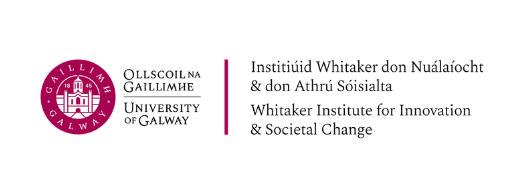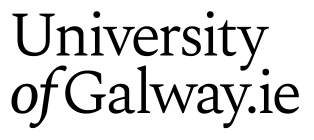Labour immigration and demographic transformation: Lithuanian and Polish nationals in rural Ireland
International migration in search of employment is long-established, as Ireland’s emigration record illustrates. Immigrants usually move initially to large cities where employment opportunities are greatest. Recruitment to specific types of rural employment is also well-established internationally. Additional research on the spatial distribution of immigrant labour at a national scale is recommended to gain a better understanding of the transformation that is taking place in rural populations. This research was conducted to document the Irish experience of international labour immigration from the late 1990s, arising from strong economic growth. The study focuses on Lithuanian and Polish immigrants (36,552 and 122,515, respectively, in 2016), the two largest groups of nationals from the former eight socialist economies, which joined the European Union on 1 May 2004, for whom small-area census population counts are available. They, with other new member state citizens, were granted immediate access to the Irish, Swedish and UK labour markets, to meet labour deficits. The study is based, primarily, on published and unpublished data from the Census of Population for the years 2006-2016, at a range of geographical scales. Change over time is documented through choropleth mapping, the Hoover Index (HI) of population concentration and deconcentration, the Index of Dissimilarity (ID), which compares the distribution of the immigrant groups with the Irish population, and cluster analysis.

